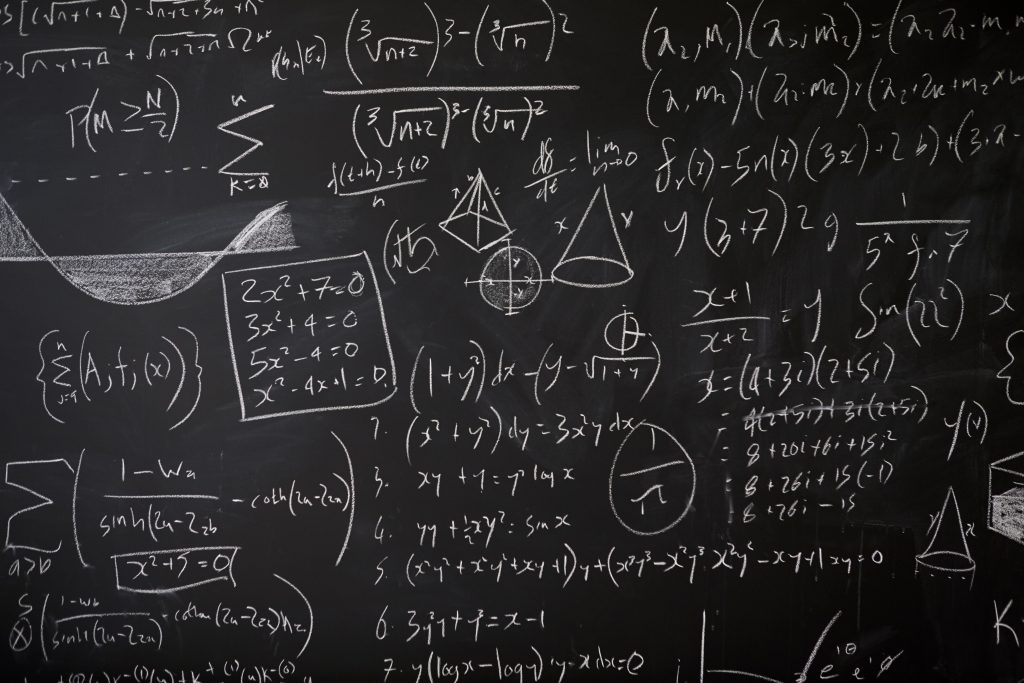In 2023, I developed a new idea that transforms an old way of doing commerce.
In traditional auctions, there are rounds of bidding and the high bidder pays to get the prize. The last bid is the amount paid, and no one else is charged anything.
This is an interesting ‘game’ in which all participants are able to express their desire for the item in monetary terms. In an efficient auction, the price paid will represent the highest utility among the bidders, with no one feeling remorse–including the seller–because the “market has spoken.”
Over time, these sorts of auctions aren’t actually as efficient as they seem. This is why other times of auctions have evolved. These include:
The four most common types of auctions are:
- Dutch Auction: In a Dutch auction, the auctioneer starts with a high asking price, which is gradually lowered until a bidder accepts the price, winning the item. Multiple units of the same item can be sold simultaneously, with the price decreasing until all units are sold or until a bidder accepts the current price.
- Sealed-Bid Auction: In this type of auction, bidders submit their bids privately without knowing the bids of others. Once all bids are received, they are opened simultaneously, and the highest bidder wins the item. This format encourages bidders to submit their true valuation of the item.
- Vickrey Auction: Also known as a second-price sealed-bid auction, this format is similar to a sealed-bid auction, but the winner pays the second-highest bid rather than their own bid. This encourages bidders to bid their true valuation, as they won’t pay more than what they believe the item is worth.
When bidders have an understanding of the nature of the bidders in the room as well as their options, bidding is skewed. For things like spectrum, this can cost the seller billions of dollars.
I chose to address the problem of charity auctions. Often run at galas, they depend on a combination of status and alcohol to generate high bids for items that the buyers might not have imagined wanting to purchase before the event began. As a result, the results are often quite disappointing to the seller, often a worthy cause.
The positive auction transforms the dynamics of a charity auction by changing two elements:
Most profoundly, every bid is a donation.
Bidding begins at $10 and increments by ten dollars per bid. Bidders are not permitted to skip a step.
The total raised increases exponentially.
Specifically
S=(n/2)(2a+(n−1)d)
S is the final sum. a is the first number and d is the increment.
In practice, then, the bidding results look like this:
| Starting bid | $5 |
| Incremental bid | $10 |
| Number of bids | 125 |
| Winning bid | $1,245 |
| Total raised | $78,125 |
| Starting bid | $5 |
| Incremental bid | $10 |
| Number of bids | 150 |
| Winning bid | $1,495 |
| Total raised | $112,500 |
| Starting bid | $5 |
| Incremental bid | $10 |
| Number of bids | 300 |
| Winning bid | $2,995 |
The second innovation is incorporating “free bids” into the auction.
The organizer of the auction can offer free bids to bidders at no cost to the seller. In fact, free bids can actually increase the amount raised.
For example, a free bid could be rewarded to anyone who recruits someone who bids in an auction. When used, the free bid ratchets up the auction, meaning that the next bid will be higher. Even if a free bidder wins the auction, they haven’t decreased the amount of money raised.
In practice, a positive auction creates an unstable equilibrium. If we consider an auction with 150 bids, the winner pays only $1,495 but gets an item that might be worth $100,000. It’s difficult to look away from this gap without exploring it.
We’re taking the dynamics of positive auctions and building GOODBIDS around it, providing a tool for worthy causes to raise money.
